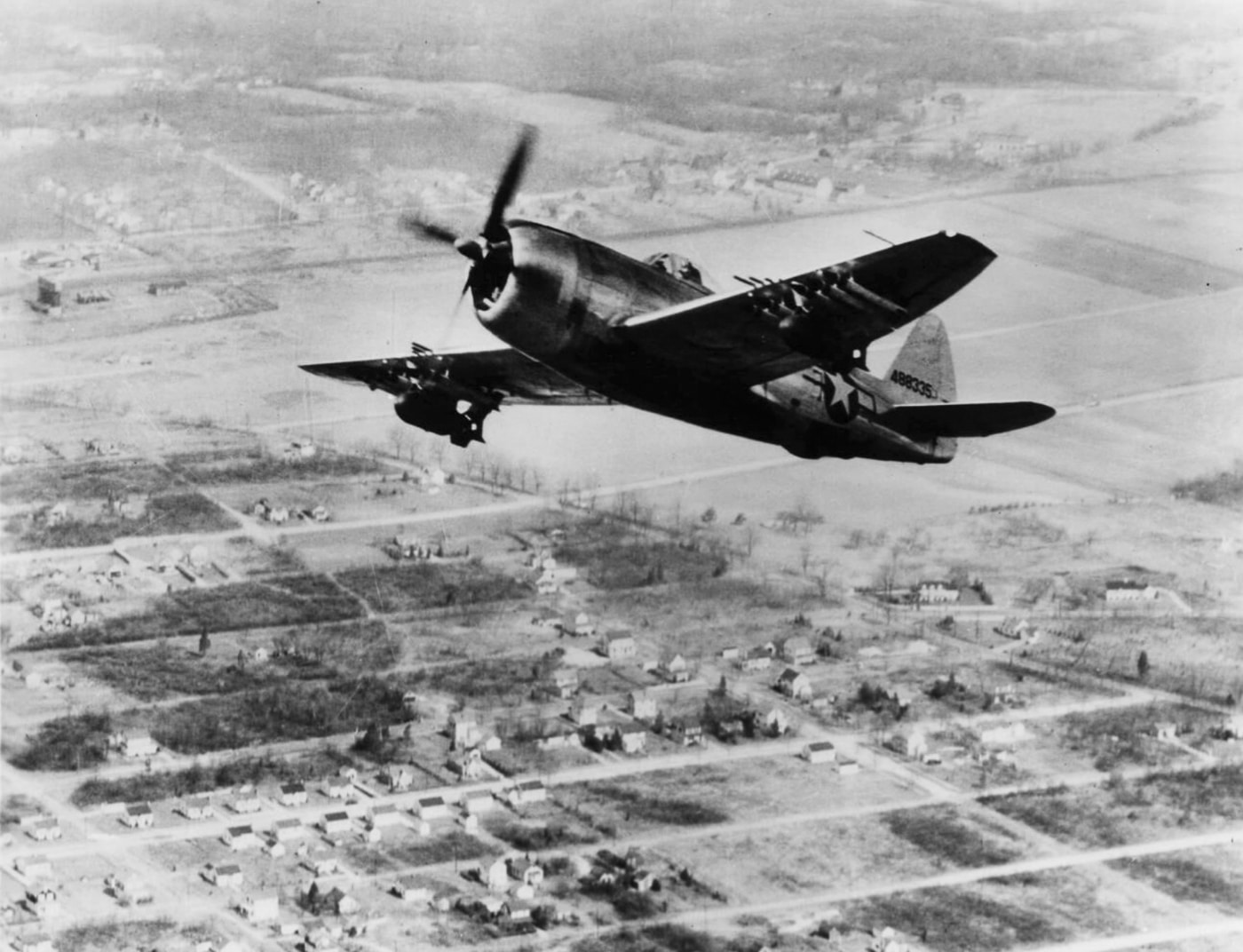The Republic P-47 Thunderbolt, known as America's Flying Tank, was a formidable fighter plane during World War II. With a hefty weight of 17,500 pounds and powered by the Pratt and Whitney R-2800-59 engine, it was significantly heavier than the British Supermarine Spitfire. Its robust build featured eight M2 Browning .50 caliber machine guns in its wings, setting it apart from other American fighters at the time. Although early models struggled with climbing, improvements like paddle propellors optimized its power, making it a lethal air combat machine. The Thunderbolt was renowned for its durability; even when a cylinder was shot away, the plane often managed to get its pilot back safely.

Alexander P. de Seversky's innovations in aircraft design paved the way for the P-47. As a Russian national who fled to the U.S. during the Russian Revolution, Seversky founded the Seversky Aircraft Corporation, which after some financial troubles and a name change to Republic Aviation, developed the P-47. The P-47B prototype achieved an impressive speed of 412 mph at high altitudes in 1942. The fighter became the most-produced American aircraft during World War II, with over 15,000 units seeing action. Its rugged design and firepower were instrumental on the battlefield, hitting countless targets and making a significant impact on the war's outcome.
The Republic P-47 Thunderbolt — America’s Flying Tank article on The Armory Life offers an in-depth look at the history and capabilities of this legendary aircraft.
No comments:
Post a Comment